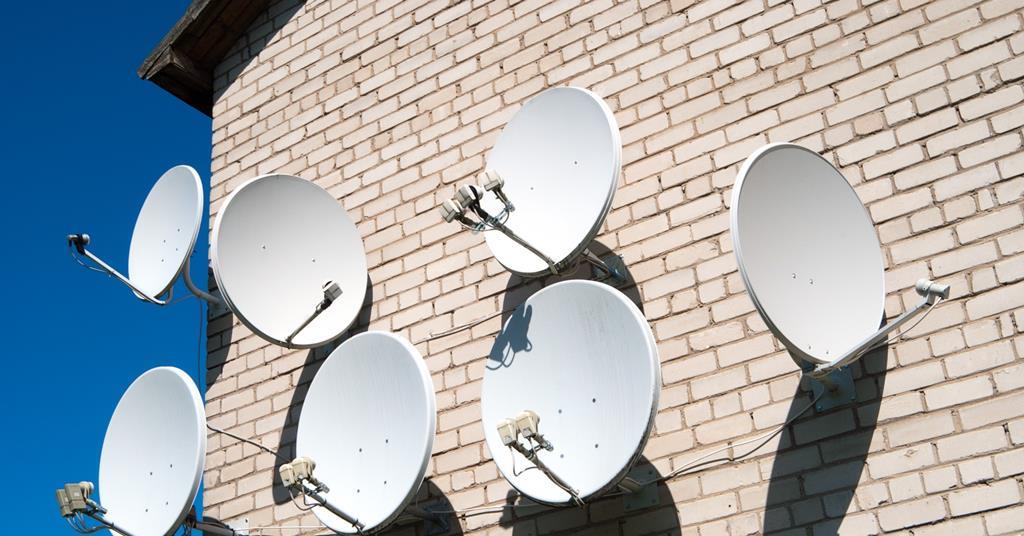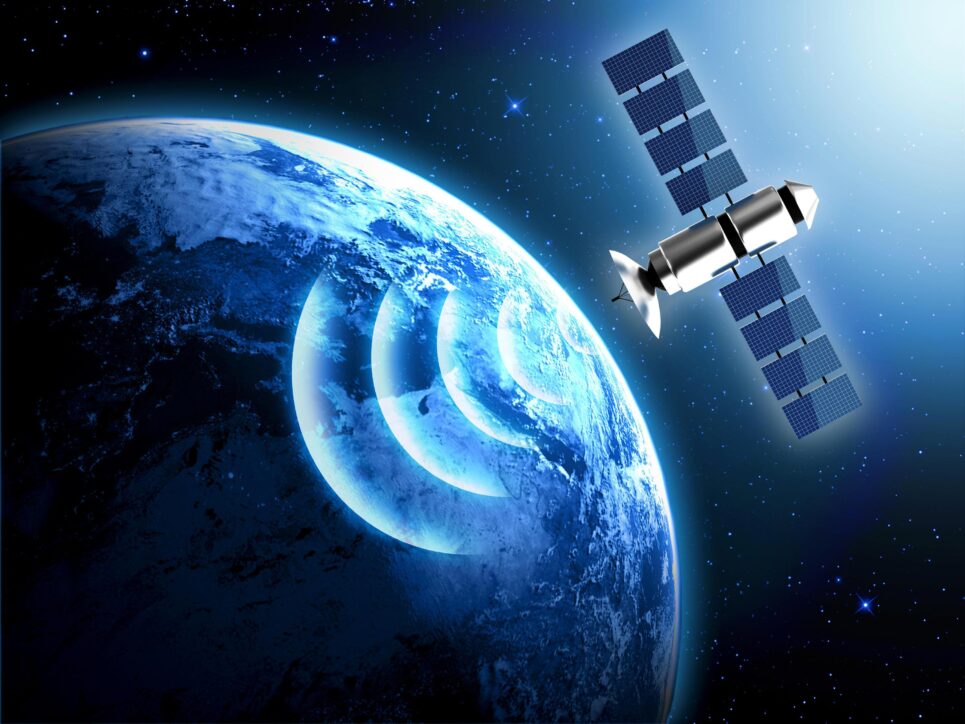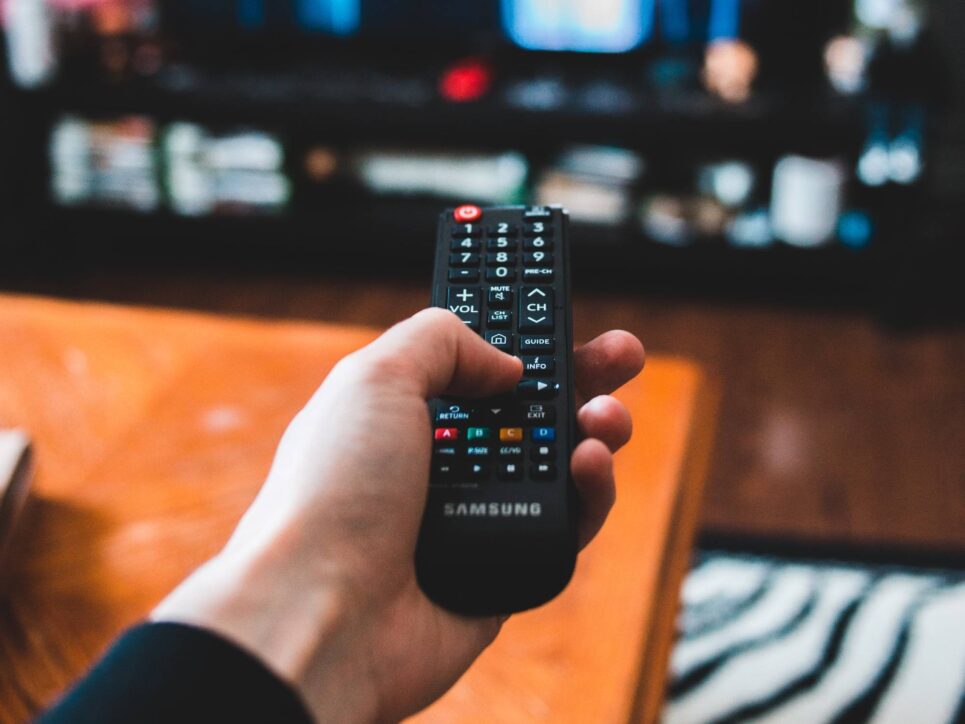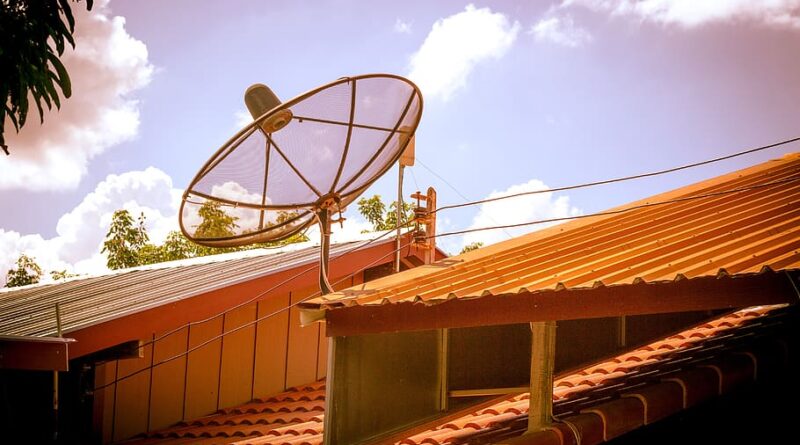How To Properly Align A Satellite Dish
Installing a satellite dish is not a complex process, but if you want to get the best out of this unit, you need to pay attention to how and where you mount it. The difference between a dish that is correctly placed and one that is not mounted well is the signal. When you don’t pay attention to these things, you are going to end up with a poor signal, and you may end up paying for services that are not available for you.
If you are investing in this unit for the first time, you are probably wondering what you need to do and what you have to pay attention to. In this article, we are going to help you out with that, and we will tell you how to properly align a satellite dish. Keep on reading if you want to learn what the most common mistakes are, and what users suggest helped them the most with this task.
Choose the right elevation

The first thing you need to think about is the location and the elevation of the unit. Most people opt to have this unit either on the side of the outside wall of their homes or on top of the roof. Both options are perfectly fine, as long as you do the other steps correctly.
Before you begin setting the unit up, you need to know that the dish must always be mounted properly. The unit is going to stay outside throughout the whole year, and this means it needs to be okay even if there are high winds and if the weather conditions are terrible.
You must use the proper tools to align it because if you don’t do that, and if the unit is loose, it will fall down sooner or later. If a dish falls, it will get damaged or break, it will do a lot of damage to your property, and it may even injure someone. So, use the proper tools, know that you should never apply too much pressure when mounting it, but you also need to ensure that it is going to stay in the same place for years to come.
When it comes to the elevation, you need to set the dish up depending on your location. When it comes to countries that are located in the southern hemisphere including Australia and New Zealand, the dish should be pointed north. On the other hand, countries in the northern part of the world including Canada, the US, and countries in Europe, need to point their unit south, towards the equator.
Depending on your exact location, the unit needs to point higher up or lower, and the angle completely depends on where you are. More often than not, you can find this information out from your provider, and you don’t have to bother researching on your own.
As you can see on websites like www.tvaerialinstaller.co.uk, if you are unsure how to properly mount the unit, and if you don’t want to risk making a mistake when it comes to aligning it, you can always call a professional service, and ask them to install and align the satellite dish for you.
Pay attention to the azimuth

Now let’s talk about the way this dish works and why you need to properly align it. As you already know, with this service, you will be able to access hundreds, even thousands of channels, and you will get them from all over the world. This is one of the number one reasons why millions of users choose these units over other types of TV and other providers.
Nevertheless, you won’t be able to access all those channels if you don’t receive the needed signals. Your dish will receive signals from the satellite that is located the closest to your unit, and depending on your current location, the satellites may vary and you may have more or fewer options.
To be able to get all the channels that you want, and to experience a good signal, you need to think about the azimuth and how that is going to affect the whole signal. Note that in case this part is not aligned, your dish will try to get the signals from other satellites that are not positioned perfectly for your location, and you will experience disturbance.
You should adjust the angle, and this once again is found and done depending on your current area. If you don’t know how to do this on your own, and if you need help figuring the azimuth out, you can talk to a professional service, and get this part sorted out for you.
Test things out and see what works for you the best

No matter when and where you choose to do this, you will need to test things out, and you will need to check the positioning and the alignment all the time. The easiest way to do this is to have someone near the TV, and one person near the satellite dish. That way, the person who is looking at the TV will be able to report to the other person on how the signal is, if the picture is clear and if the channels are accessible.
Being outside and changing the position of the device may be difficult and sometimes even risky, so if you don’t have the needed equipment and if you don’t have the skills to do this, it is always better to leave the task to the professionals.
Remember that setting this up may take an hour or two, and you may need to check different angles, positions, and heights of the system for the best results. You should always do your research depending on the nearest satellites, elevation, and azimuth before you start setting the dish up so that you have some basic idea and knowledge on what you need to do and how.
Always check tutorials out before you start the process, and make sure you understand each step of it. Take your time, don’t rush things out, and make sure you are safe when you are up on the roof. You can talk to the seller or the provider about what you need to do and at what time so that you have the easiest time setting things up.



